April Market Update: Key News & Trends
Steven Huang April 28, 2020
Real Estate

Steven Huang April 28, 2020
Real Estate

Welcome to our April Market Update. We hope you and your loved ones are safe and well. In this newsletter, we provide important updates on how the global pandemic continues to impact the Greater Bay Area housing market.
Key News and Trends Impacting Your Local Market
JP Morgan Chase was the first of the big banks to report that they are tightening their lending standards. Starting April 14th, borrowers applying for a mortgage with Chase will need a credit score of at least 700 and make a down payment of at least 20% of the home’s appraised value (this does not apply for existing mortgages or to low and moderate income borrowers who qualify for other loans). Although JP Morgan Chase does not disclose its mortgage lending standards, the Mortgage Bankers Association reports an average down payment of 10%. This change in standards could affect demand. In a market like Greater Bay Area where a median single family home cost just over $1 million in March, the difference between a 10% down payment and a 20% down payment is $100,000. Even in the most affluent areas, a $100,000 jump in immediate cash could price buyers out of the market.
During the second week of April, unemployment claims in the United States reached record highs, near 22 million. While many Americans have already lost their jobs due to the shelter-in-place orders, a Federal Reserve estimate predicts the most difficult of the economic consequences are still ahead.
Economists at the Federal Reserve’s St. Louis District project total employment reductions of 47 million, which is a 32.1% unemployment rate, but they also predict the plunge to be short-lived. For perspective, the all-time highest rate of U.S. unemployment was 24.9% during the Great Depression in 1933. During that financial crisis, unemployment reached 10%.
Chief Economist of the California Association of Realtors, Leslie Appleton-Young, made the following statement on April 1st:
“I think there is going to be a bit of a price hit because the demand side is going to be hobbled by the shut down in the economy . . . but I don’t think it’s going to be big because supply is so constrained. The question is, are we going to see a flood of foreclosures on the market? I don’t think that is going to happen this year [because] when you look at what is happening in Washington, what is very clear is we know how to fight the war.”
In other words, as long as both supply and demand decrease at the same time, prices should not bottom out like they did in 2008 unless a large number of properties go into foreclosure.
To prevent that from happening, millions of homeowners, experiencing financial hardship, have requested mortgage forbearance. Forbearance is an agreement between a homeowner and their mortgage company to allow a reduction or delay in payments for a set time. Requests shot up by 1,270% between the weeks of March 2 and March 16, and by another 1,896% between the weeks of March 16 and the week of March 30, according to the Mortgage Bankers Association. The CARES Act, which went into law on March 27th, allows borrowers with loans backed by Fannie Mae, Freddie Mac, and Ginnie Mae to defer up to a year’s worth of monthly payments, which they are required to pay at a later date or in a payment plan. Mortgage forbearance, although not ideal, is far better than a wave of foreclosures. As Appleton-Young suggested, a spike in foreclosures will have a significant and lasting negative impact on residential real estate and the larger economy. Forbearance is one tool that can allow homeowners to remain in their home during a time period that would struggle with the economic and social impact of foreclosures.
With all of the above dynamics playing out on a national and global stage, it’s fair to ask when we will see a semblance of normalcy. To answer this, we first look at the projected hospitalizations due to COVID-19.
April 10th marked the peak of hospitalizations due to COVID-19—four days earlier than expected. Health experts predict that peak COVID-19 hospital resources will drop to zero by mid-July, an encouraging trend indicating a reduction in the spread of the virus.
However, the return to normal life could take significantly more time as we are likely still a year away from a vaccine in the most optimistic scenario. Research has not conclusively shown that antibodies to COVID-19 imply immunity or the length of immunity. Although antibodies are often associated with immunity, the risk of reinfection could be too high to simply “re-open the economy” and go back to our pre-COVID-19 routines.
For many, if not most of us, we have spent more time in our home than ever before. With the understanding that this could go on for a year or two, we believe that the housing market could see some significant positive impact. The global population likely deeply desires a home that they love.
In her April 1st statement, Appleton-Young added the following:
“Going into [the pandemic] the housing sector was in a very, very strong position . . . The latest data that we had pre-virus was the February sales data. [They were] the strongest numbers that we had in two years . . . The underwriting is really good, the credit scores are good . . . But you have to to keep people in their houses, keep people whole, keep people on payroll, so there can be a quick turn around when the light turns green again.”
During the last week of March, St. Louis Federal Reserve President James Bullard said that while economic estimates are grim, “the plunge should be short-lived.” If this turns out to be true, we predict the market will slow significantly until restrictions ease, but home values will remain relatively stable.
Interested in a monthly market update via email? Let us know at [email protected]!
Recent
Browse our blog posts to be in the know.





Provided Courtesy of Ascend Real Estate

Provided Courtesy of Ascend Real Estate

Provided courtesy of Ascend Real Estate



Welcome to our September newsletter, where we’ll discuss residential real estate trends in the East Bay and across the nation. This month, we’ll examine the state of t… Read more





The Big Story What to expect when you’re expecting inflation Quick Take: The number of homes sold in 2021 is set to be one of the highest on record. Inflation reached … Read more



Welcome to our September newsletter, where we’ll discuss residential real estate trends in Silicon Valley and across the nation. This month, we’ll examine the state of… Read more
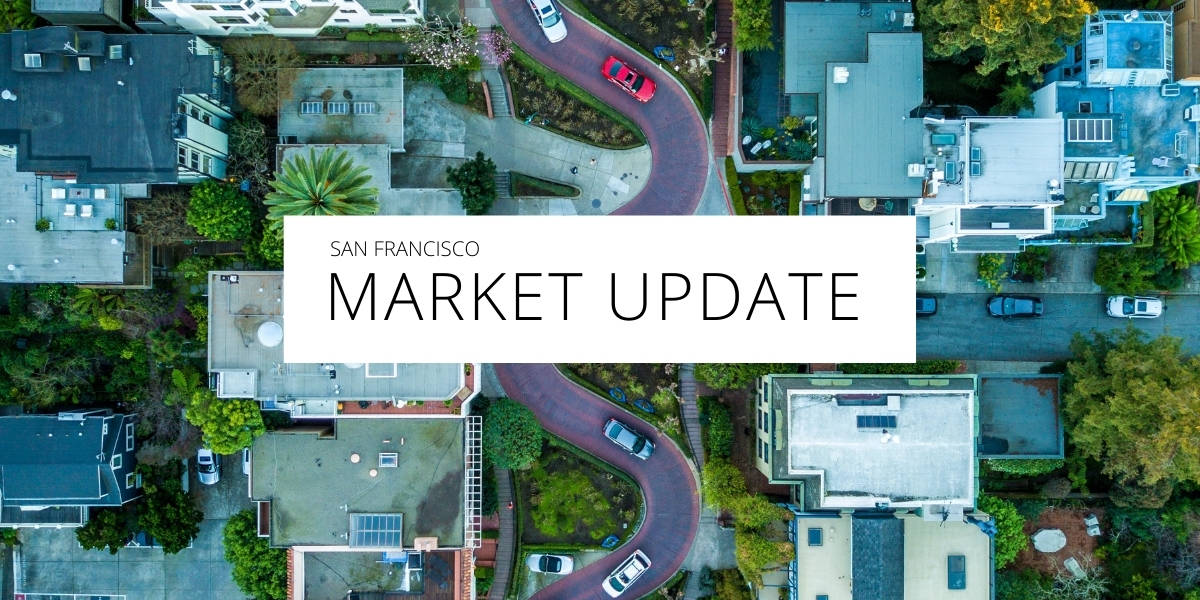
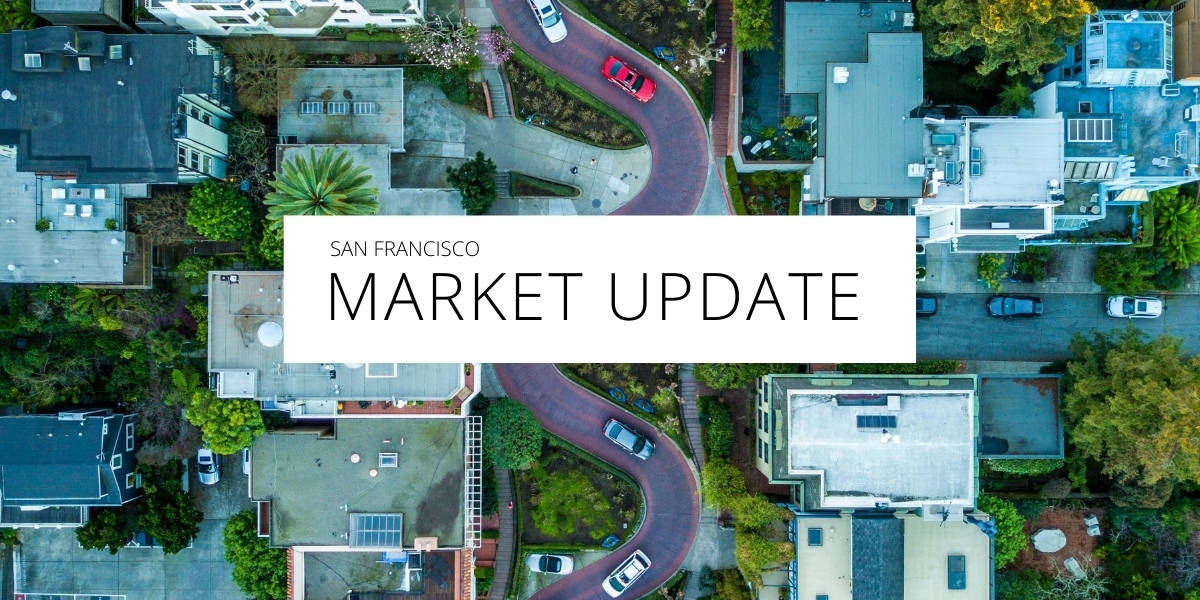






Welcome to our September newsletter, where we’ll discuss residential real estate trends in San Francisco and across the nation. This month, we’ll examine the state of … Read more


As we end another crazy year, we are very grateful our kids are finally fully vaccinated, and a return to some sense of normalcy is in view. We are especially looking … Read more










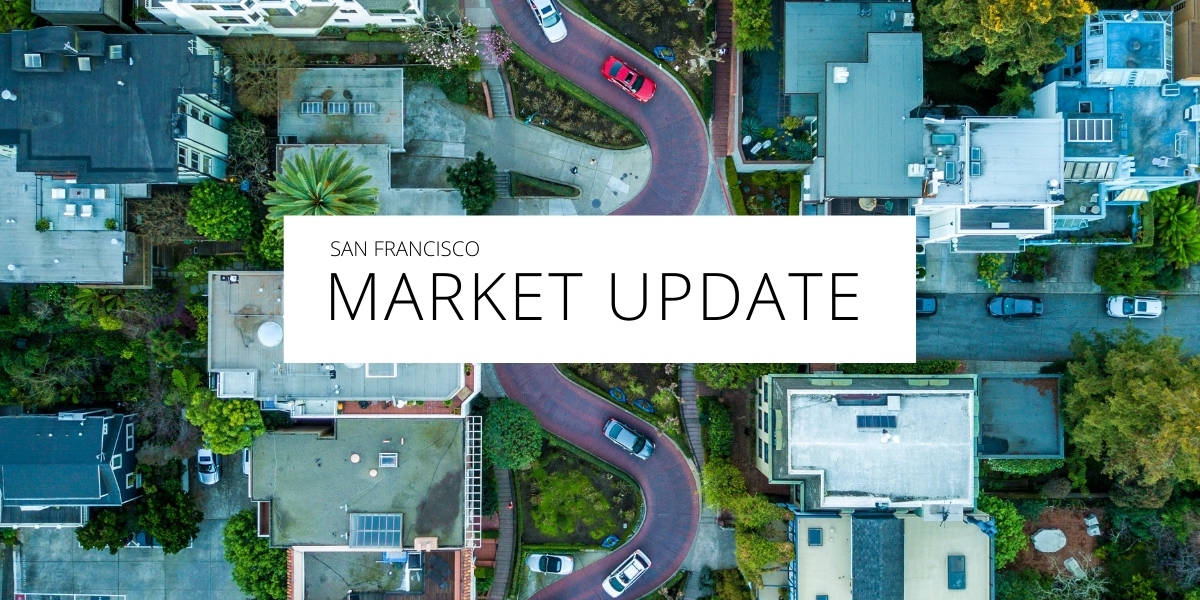






Summer is here, and so are the boozy slushies, all-you-can-eat tacos and double cheeseburgers





The Big Story Where can home prices go from here? Quick Take: Home prices appreciated faster in 2021 than at any other time, even surpassing the 2004–2006 housing bubb… Read more




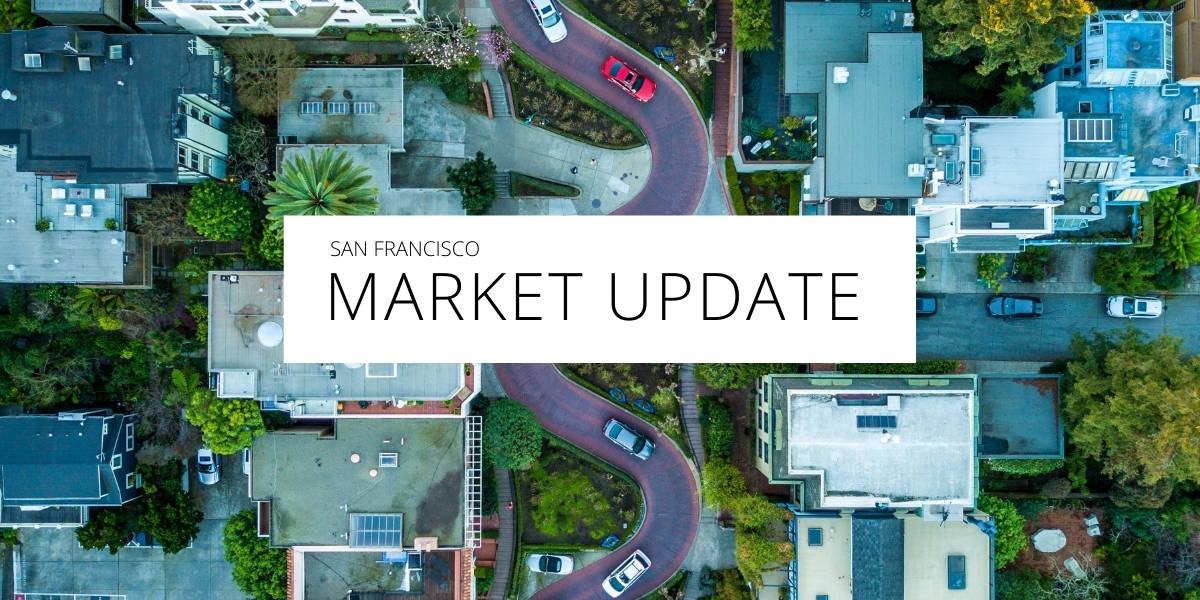



No doubt 2021 Bay Area housing markets was one of the wildest in recent memory! Our local real estate experts will share their year-end analysis of San Francisco, East… Read more




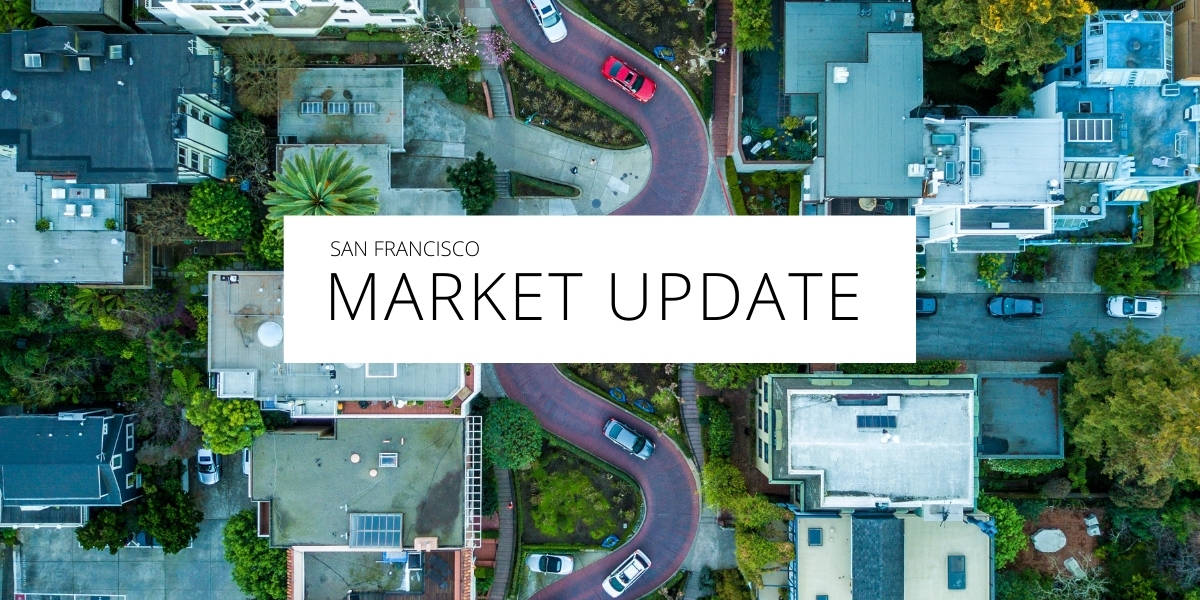





Welcome, welcome, welcome to 2022. Low inventory here in San Francisco gave us Realtors® a short respite. I took advantage of the slowdown and spent some time tailgati… Read more



Happy Autumn! With all the harvest festivals, this is one of my favorite times of year. My kids love the pick-your-own pumpkin activities, and we look forward to our a… Read more





Welcome to our October newsletter, where we’ll explore residential real estate trends in the East Bay and across the nation. This month, we examine the state of the U.… Read more







Friends and Clients enjoyed our October 23, 2021 event at 1856 15th Street, San Francisco

Welcome to 2022. Low inventory and year end gave us Realtors® a short respite. We took advantage of the slowdown to celebrate the holidays with family. We took the opp… Read more


Welcome to our October newsletter, where we’ll explore residential real estate trends in the Greater Bay Area and across the nation. This month, we examine the state o… Read more




With the new year, there are lots of changes but still the same challenges. With this comes anxiety and frustrations. What is for certain is that it’s your family’s jo… Read more




What a difference a year makes. This time last year, for the sake of safety, we sat outside in the pouring rain with our loved ones to celebrate the Asian Lunar New Ye… Read more

Welcome, welcome, welcome to 2022. Low inventory here in San Francisco gave us Realtors® a short respite. We took advantage of the slowdown to celebrate Chanukah as a … Read more

I’m feeling particularly thankful this November. As pumpkins give way to turkey and cornucopia, we are enjoying lots of family time. I am especially looking forward to… Read more

Spring has sprung and the market is feeling a lot luckier!

What does the Spring market have in store for us?


2021 was a challenging year for many of us (myself included). Many of us were waiting for 2022 to push the reset button on many (if not, all) aspects of our lives. … Read more
You’ve got questions and we can’t wait to answer them.